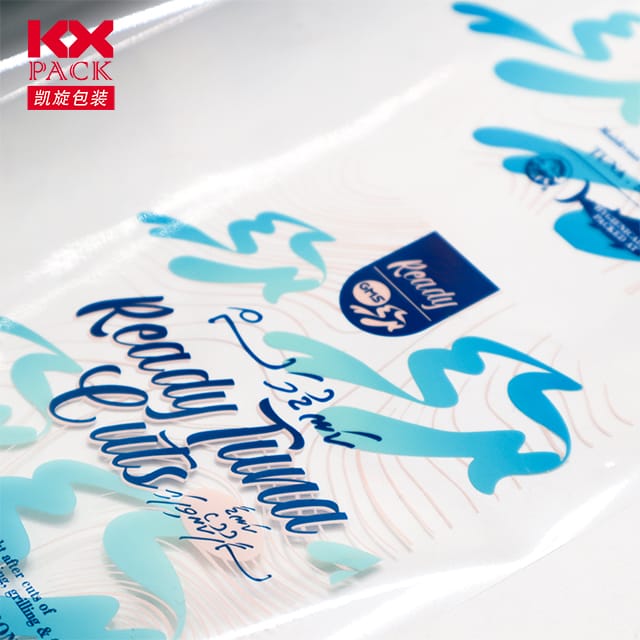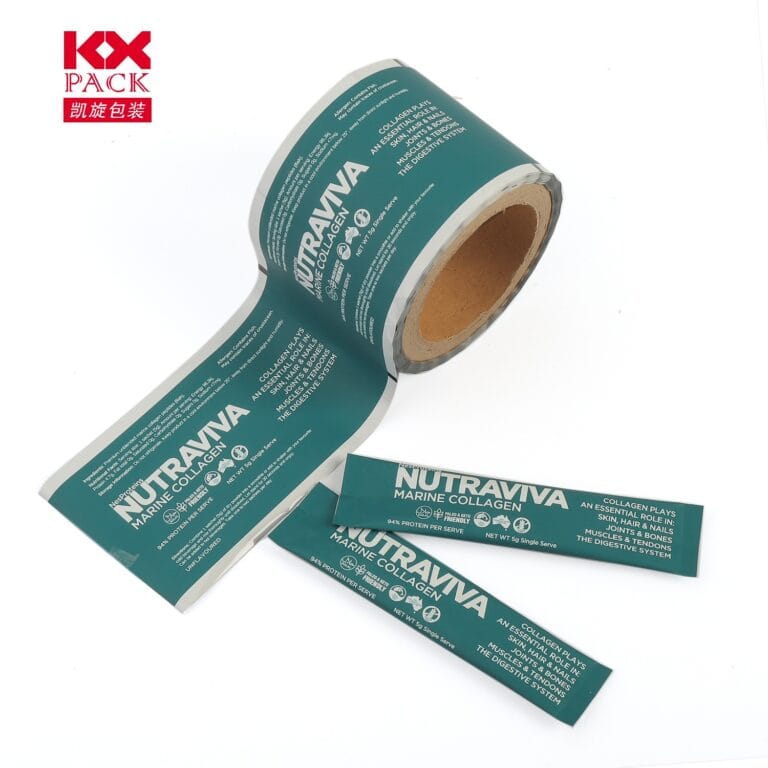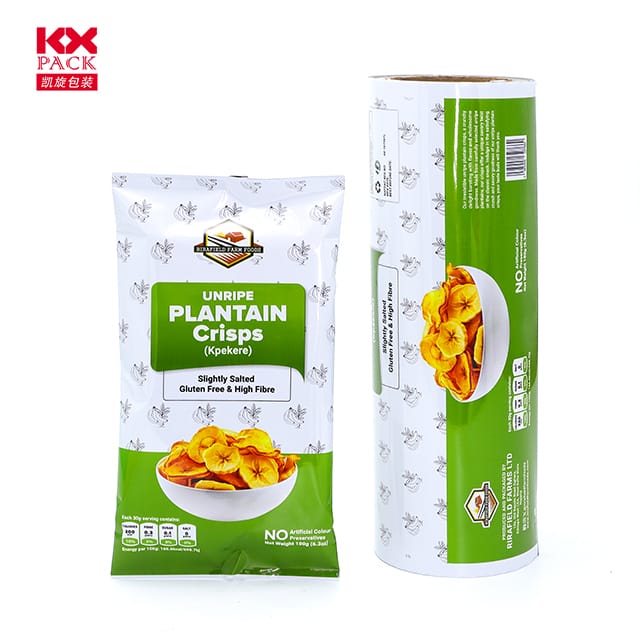Хоолонд зориулсан хуванцар хальс: Аюулгүй байдлын талаархи дэлгэрэнгүй гарын авлага, Тогтвортой байдал, ба хамгийн сайн туршлага
Хуванцар халуурсан хавч
Plastic film for food—commonly known as cling wrap, хоол ордог, эсвэл хуванцар боолт нь дэлхий даяар гал тогооны өрөөний үдээс юм. Шинэхэн байдлыг хадгалах чадвар, бохирдохоос урьдчилан сэргийлэх, мөн мөхөх тавиурын тавиурыг өргөжүүлдэг, хяанчлал, хоол хүнс үйлдвэрлэгчид. Гэсэн хэдий ч, growing concerns about environmental impact and chemical safety have sparked debates about its usage. In this blog, we’ll explore thetypes, тал нь, risks, and eco-friendly alternatives of plastic film for food, empowering you to make informed choices.
What Is Plastic Film for Food?
Plastic film for food is a thin, flexible material made primarily fromполиэтилен (PE), though variations likeполивинил хлорид (Татах PSV) эсвэлполивинолаг хлорид (Хаталт өг) may also be used. It’s designed to create an airtight seal around food items, protecting them from moisture, хүчилтөрөгч, and odors. Common applications include:
- Wrapping leftovers
- Covering bowls or plates
- Packaging deli meats or cheeses
- Protecting produce during storage
Types of Plastic Film for Food
- Полиэтилен (PE) Film
- The most widely used and safest option for food contact.
- Comes in two varieties:
- Low-density polyethylene (Шимүүдсэн): Soft and clingy, ideal for wrapping irregular shapes.
- High-density polyethylene (Хүүх): Stiffer and more durable, often used for freezer bags.
- PVC Film
- Contains plasticizers like phthalates, which can leach into food, especially fatty or acidic items.
- Less common today due to health and environmental concerns.
- Biodegradable/Compostable Films
- Ургамал дээр суурилсан материалаас хийсэн (Жишээ нь e., эрдэнэ Кроуз, Шидтгото) or biopolymers.
- Designed to break down faster than traditional plastics, though proper disposal is key.
Benefits of Using Plastic Film for Food
- Food Preservation: Reduces waste by keeping food fresh longer.
- Hygiene: Prevents cross-contamination between foods.
- Convenience: Хэрэглэхэд хялбар, store, and transport.
- Cost-Effective: Affordable compared to reusable containers for short-term storage.
Risks and Concerns
- Chemical Leaching
- Some films may release harmful substances (Жишээ нь e., Бааз, phitalates) when heated or in contact with oily foods.
- Solution: Look for labels indicating “microwave-safe” or “BPA-free.”
- Байгаль орчинд үзүүлэх нөлөөлөл
- Traditional plastic films are non-biodegradable and contribute to microplastic pollution.
- Solution: Opt for recyclable or biodegradable options and recycle properly.
- Single-Use Waste
- Disposable plastic film generates significant landfill waste.
- Solution: Switch to reusable silicone food covers or beeswax wraps.
How to Choose Safe Plastic Film for Food
- Шошго шалгана уу: Prioritize products labeled “food-grade,"" FDA батлагдсан,” or “phthalate-free.”
- Avoid PVC: Choose PE-based films instead.
- Look for Recycling Symbols: Films marked with recycling codes #2 (Хүүх) эсвэл #4 (Шимүүдсэн) are safer and more recyclable.
- Temperature Resistance: Ensure the film is suitable for your intended use (Жишээ нь e., freezer, microwave).
Eco-Friendly Alternatives to Plastic Film
- Beeswax боолт
- Сонголт тантай гүйлгэлт, бордоо, and made from organic cotton coated in beeswax.
- Perfect for wrapping sandwiches, бяслаг, or produce.
- Силикон хоол хүнсний бүрхүүл
- Бат бөх, уурын, мөн дулаан тэсвэртэй.
- Reusable for years, Хог хаягдлыг бууруулах.
- Шилэн эсвэл зэвэрдэггүй ган сав
- Ideal for storing leftovers or meal prepping.
- Non-toxic and eco-friendly.
- Fabric Covers with Drawstrings
- Great for covering bowls or dough during rising.
- Machine-washable and sustainable.
Best Practices for Using Plastic Film Safely
- Өндөр дулаанаас зайлсхий: Never use plastic film in ovens or toasters; it can melt and release toxins.
- Don’t Reuse Single-Use Films: They degrade quickly, increasing leaching risks.
- Зохих ёсоор хадгалах: Keep plastic film away from direct sunlight or heat to prevent chemical breakdown.
- Recycle Correctly: Clean used film and check local recycling guidelines (many curbside programs don’t accept it, but drop-off centers might).
The Future of Food Packaging
Innovations are addressing the drawbacks of traditional plastic film:
- Загварлаг кино: Далайн ургамал эсвэл цардуулгаар хийсэн, these can be consumed along with the food.
- Smart сав баглаа боодол: Films with sensors to monitor food freshness in real time.
- Advanced Bioplastics: Stronger, more sustainable materials derived from agricultural waste.
Шилдэг бодоно
Plastic film for food remains a practical choice for short-term storage, but its environmental and health risks demand mindful usage. By opting for safer materials, Дахин ашиглах боломжтой хувилбаруудыг судлах, and recycling responsibly, we can reduce our ecological footprint while keeping our food fresh.
Үлдэгдэл хадгалах арга зам юу вэ?? Share your tips or favorite eco-friendly swaps in the comments below! Ий







